DESIBUZZCanada
Events Listings
Dummy Post
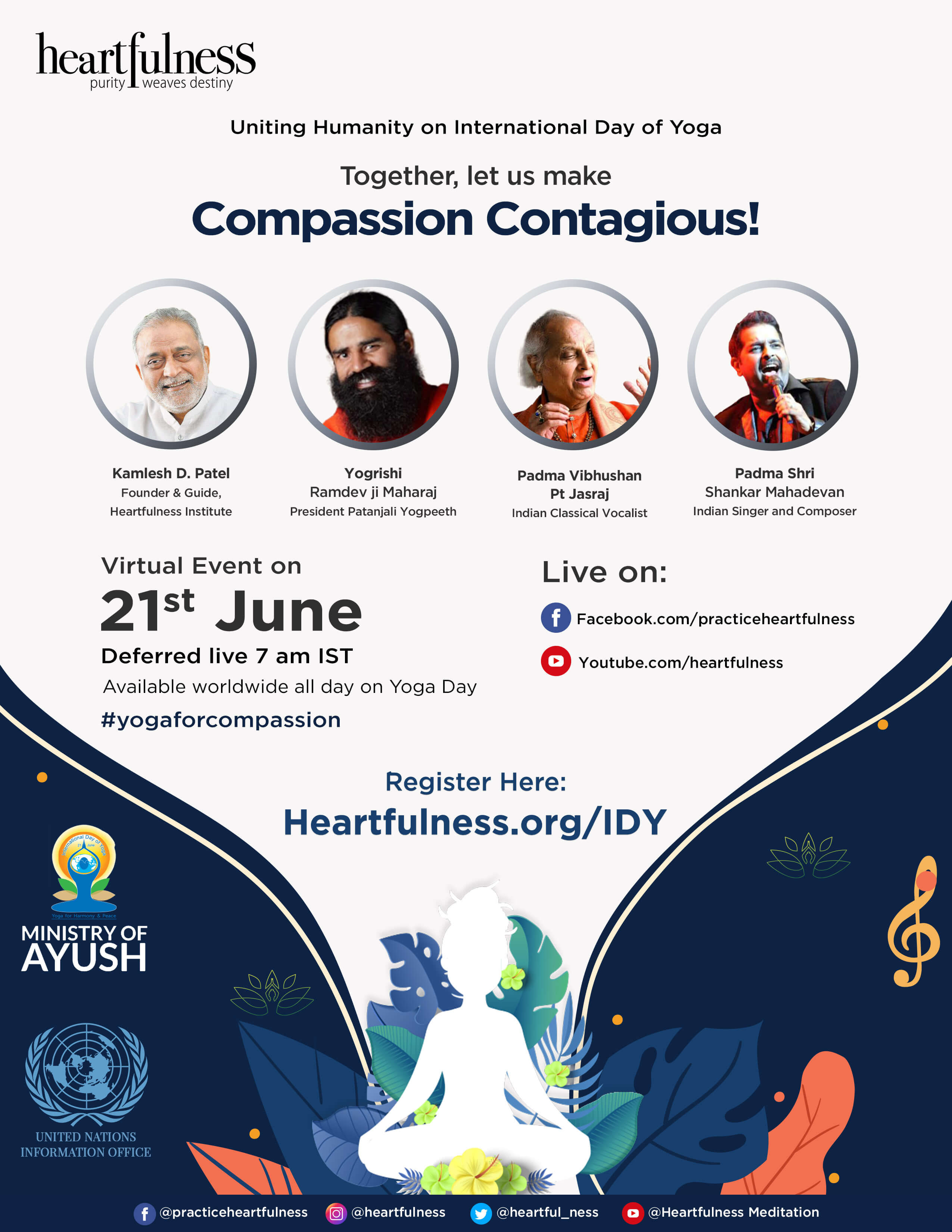
International Day Of Yoga To Be Virtually Celebrated Saturday At 4pm

CANCELLED: Coronavirus Fears Kills Surrey’s Vaisakhi Day Parade

ADVERTISE WITH US: DESIBUZZCanada Is The Most Read South Asian Publication Online

SURREY LIBRARIES: Get Technology Help At Surrey Libraries
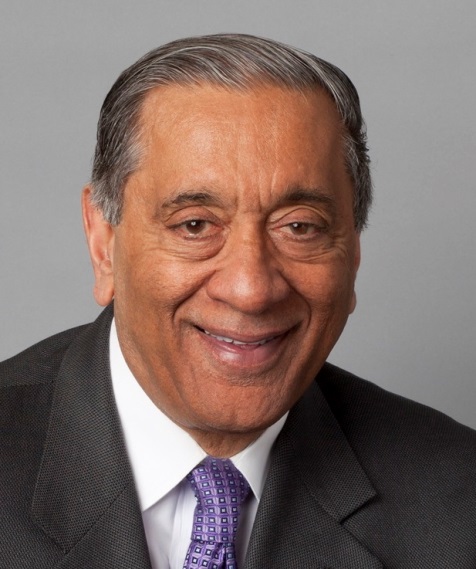
WALLY OPPAL: Surrey Police Transition Update On Feb. 26
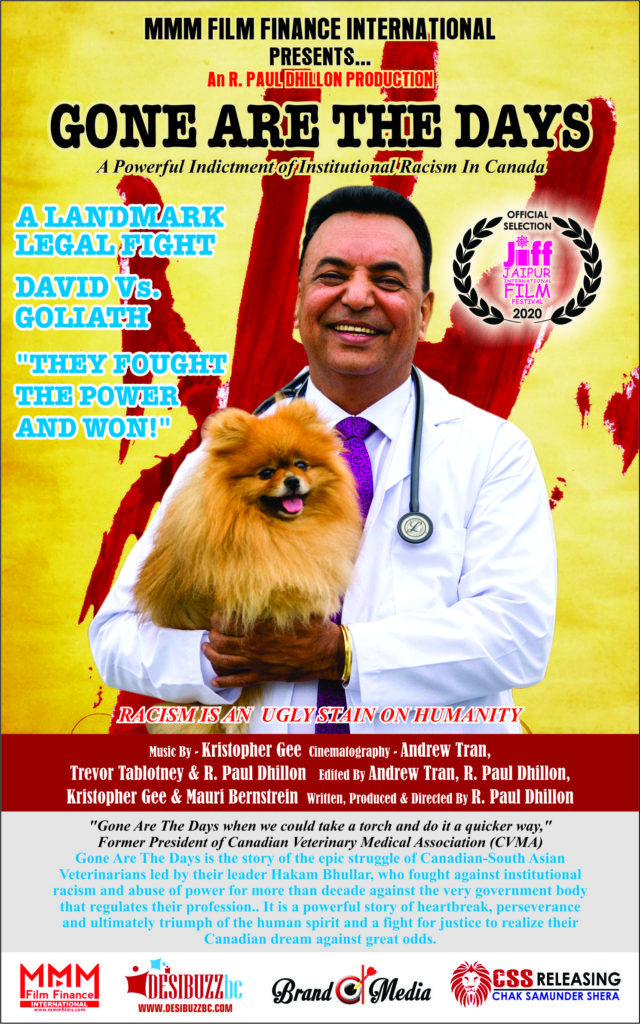
GONE ARE THE DAYS - Feature Documentary Trailer
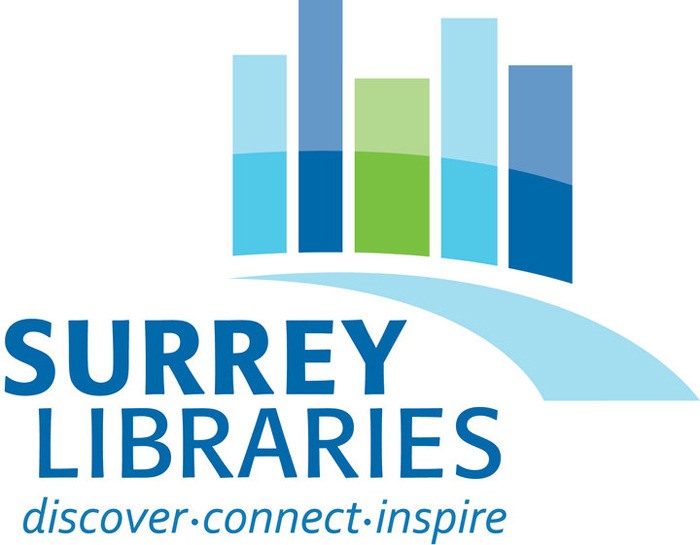
Technology Help At Surrey Libraries

Birding Walks

Plea Poetry/short Story : Youth Contest
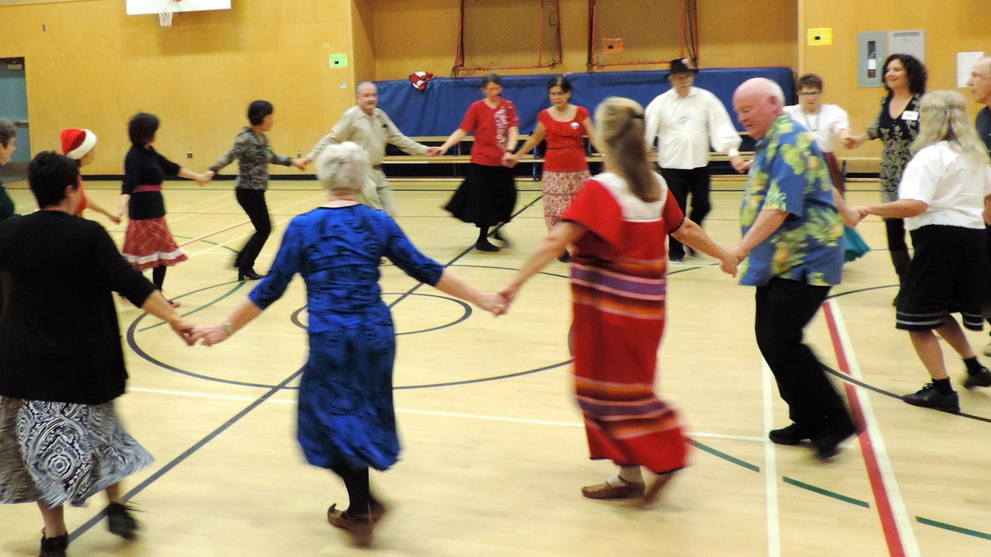
International Folk Dancing Drop-in Sessions
INDIA'S 75TH INDEPENDENCE DAY: Time To Celebrate But Also Reflect On The Extremes That Threaten Democracy
- August 15, 2022
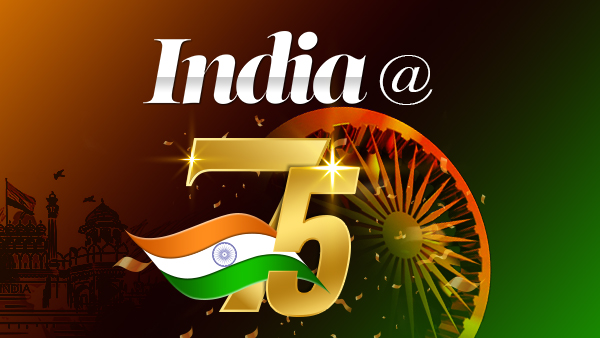
By Promod Puri
August 15th this year marks a great day for India as it celebrates the 75th anniversary of Independence from the 200 years of colonial rule by the British raj. The country gets immersed in jubilating celebrations that generate feelings of love, nationalism and patriotism.
But 75 years after the formation of India, it is now made of polar opposite extremes, which can be as high as Himalayan peaks or these can be as deep as the Indian Ocean.
They cover all the nation’s aspects, and it’s massive 1.402 billion people brimful in the space of 3214 kilometres from north to south and 2993 kilometres from east to west.
Growing at the rate of 1.00 percent per 2019 estimates, these billion-plus people speak over 185 different languages. Twenty-nine of these get categorized as “official.” That means each one of them has over one million native speakers.

The linguistic breakdown continues with countless dialects as part of the family of each of the official languages. The plethora of languages and dialects result in multi- multicultural, distinct communities trying to retain their ethnicities in India’s damaged democratic environment.
In addition to the linguistic and cultural divide, India’s population further splintered along the world’s major and minor religions. These religious affiliations are then sub-divided into hundreds of regional and ethnic sects.
Hindus dominate the religious demography with 80.5 percent of the population. Hinduism has the maximum number of sects within it.
Muslims form the second largest group with 204 million followers. And that earns India the distinction of having the third-largest Muslim population after Indonesia and Pakistan.
India is the birthplace and cradle of four religions: Hinduism, Buddhism, Jainism, and Sikhism. Christianity touched its soil about 2000 years ago, almost at the same time it entered Europe.
Whereas the country’s religious, linguistic, and cultural plurality seeks peaceful preservation under the nationalistic jingle of unity in diversity, occasional bursts of communal riots dampen that spirit.

But the realities of contemporary India lie in its voluminous changes and no change at all.
It is a wide-open scene of extreme disparity in all fields and occupations along with overwhelming and mind-blowing figures, which offer cheers and despairs.
However, the most anguish aspect of the present Indian scene is institutional damage, which is a primary cause of concern for the survival and functioning of democracy in India.

Judiciary, election commission, media, and statistics are some of the most operative integrals of democracy, which keep it authoritative, functional, dynamic, and accountable. If any or all of these systems are damaged, corrupted, compromised or abused, democracy becomes meaningless or even collapses.
All the democratic fundamentals fiddled brazenly and subtly with shrewd politics of religious fanaticism, fear, threats, murders, fake police raids, intrusions and influences in the media, obstructions, interference in bureaucracy, and deceptive claims of accomplishments.
The 75 years of the solid foundation of Indian democracy after the Independence in 1947 suddenly became fragile in just eight years of the Modi rule.
Still, the festivities must go on as the nation deserves its achievements to celebrate amid the erosion of democracy.
Promod Puri is a veteran Indo-Canadian journalist and author.

















